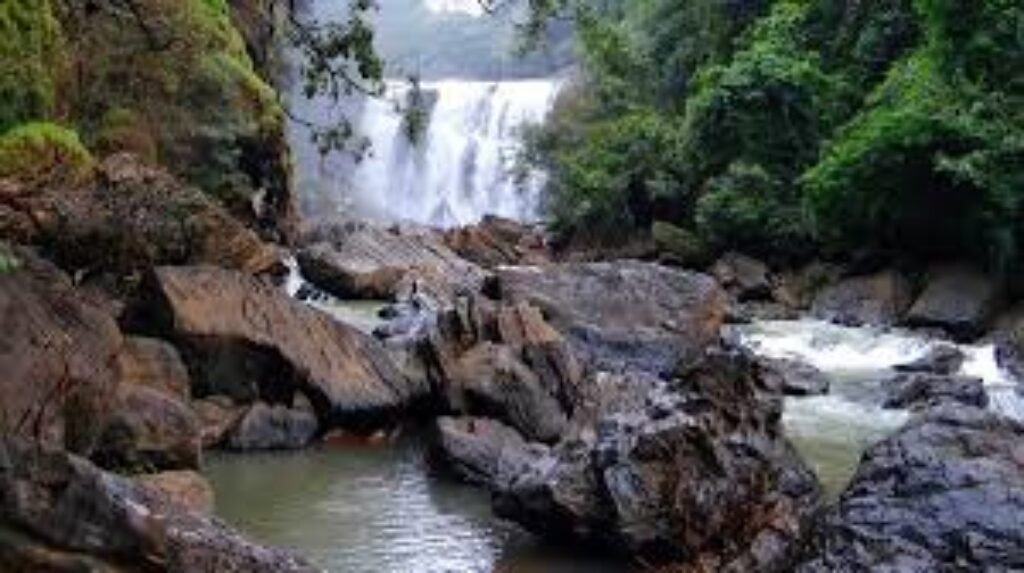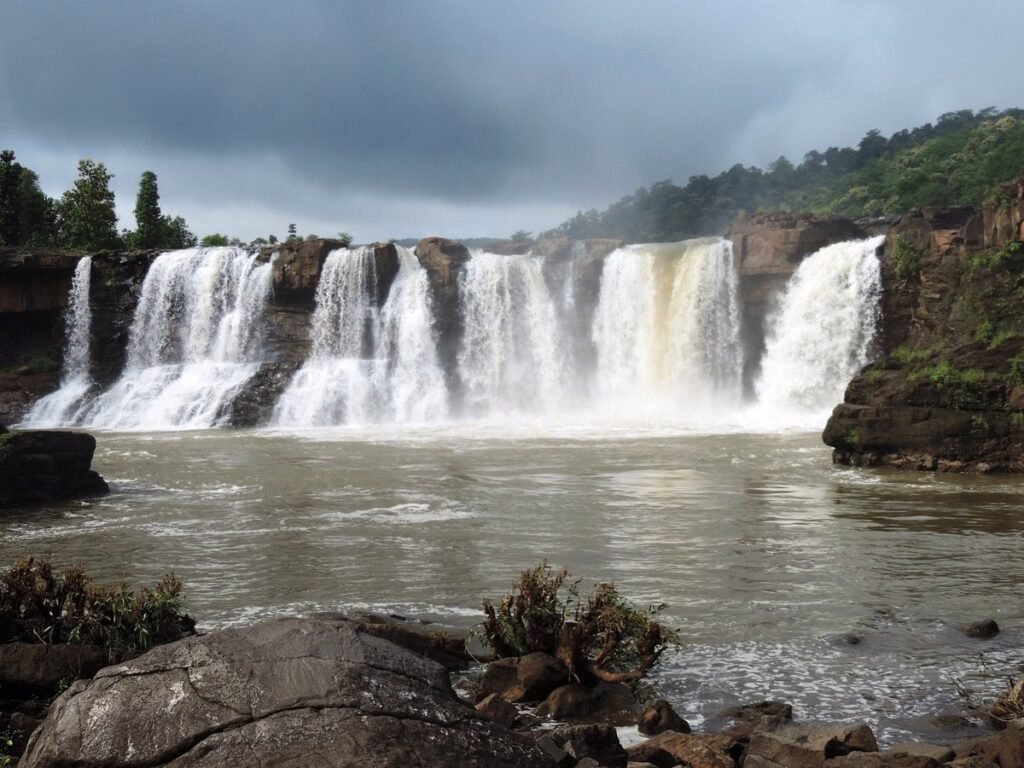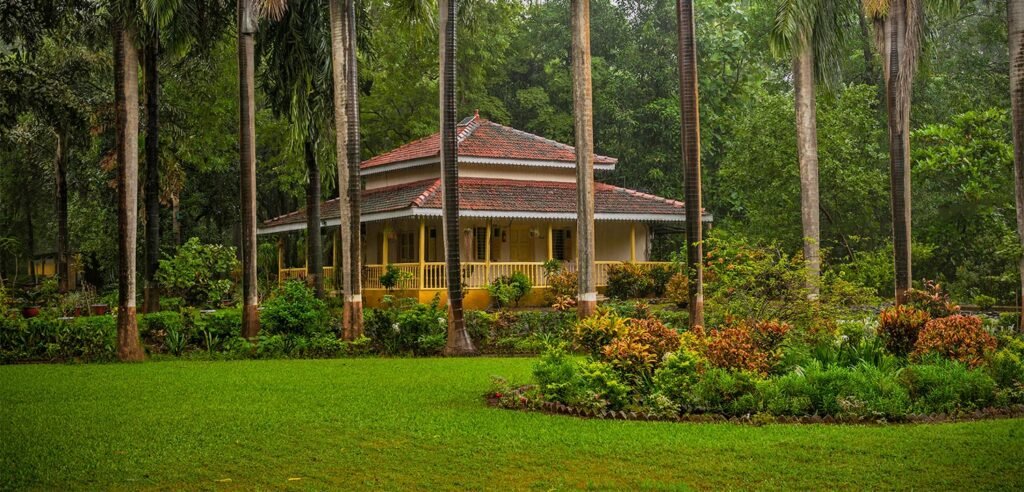Welcome to GujaratTop Blog! Today, we will take you to Purna Wildlife Sanctuary.

Located in the heart of Gujarat’s lush Dang district, Purna Wildlife Sanctuary is a paradise for nature lovers, wildlife enthusiasts, and adventurers alike. This biodiverse sanctuary, named after the Purna River flowing through it, offers an escape into the serenity of dense forests, exotic wildlife, and vibrant tribal culture. In this guide, we’ll explore everything you need to know about this magnificent sanctuary—from its wildlife treasures to how you can get there and what you can do nearby.
Table of Contents
About the Purna Wildlife Sanctuary:
Established in 1990, Purna Wildlife Sanctuary spans over 160 square kilometers of dense, green forests and diverse ecosystems. It is one of the few sanctuaries in India with a tropical moist deciduous forest type, making it a haven for both flora and fauna.
The sanctuary lies in the Western Ghats and is part of the Dang Forest Reserve, making it one of the densest forests in Western India. It’s home to over 700 plant species, making it an ecologist’s dream. The tranquil atmosphere is enriched by the sound of chirping birds, rustling leaves, and the gentle flow of the Purna River.
How to Get There
By Air: The nearest airport is Surat Airport, approximately 130 km away. From Surat, you can hire a taxi or use local transport to reach the sanctuary.
By Train: The closest railway station is Vyara, about 60 km away. Regular trains from major cities like Ahmedabad and Surat connect to Vyara, and from there, you can take a taxi or bus.
By Road: Purna Wildlife Sanctuary is well-connected by road:
From Surat: 130 km (approximately 3 hours)
From Ahmedabad: 350 km (approximately 7 hours)
From Saputara: 50 km (approximately 1.5 hours)
State transport buses and private vehicles regularly ply to Ahwa, the nearest town (20 km from the sanctuary).
Wildlife at Purna Wildlife Sanctuary:
The sanctuary is home to an impressive range of wildlife species. Its dense forests and favorable climate provide a thriving habitat for mammals, reptiles, birds, and insects.
Leopards: One of the sanctuary’s top predators, leopards roam the dense forest and are often spotted during guided safaris. Their elusive nature adds an element of thrill for visitors.

Hyenas: Known for their unique laugh-like calls, hyenas play an essential role in the ecosystem as scavengers. Spotting one in its natural habitat is an unforgettable experience.

Wild Boars: These hardy animals roam the undergrowth in search of food. Their presence indicates the sanctuary’s rich biodiversity and well-balanced ecosystem.

Flying Squirrels: A rare sight, flying squirrels glide from tree to tree using their unique skin flaps. They are a delight for wildlife photographers and nature enthusiasts.

Civets: Nocturnal creatures with striking patterns are often spotted at dusk. Their shy demeanor and role in seed dispersal make them a vital part of the ecosystem.

Nearby Attractions
Saputara Hill Station (50 km): Located a short drive from the sanctuary, Saputara is Gujarat’s most famous hill station. With lush greenery, lakes, and scenic viewpoints, it’s a perfect complement to your wildlife adventure.

Gira Waterfalls (40 km): A short detour takes you to the breathtaking Gira Waterfalls. Surrounded by forests, the cascading waters provide an idyllic setting for relaxation and photography.

Vansda National Park (40 km): Close to Purna Wildlife Sanctuary, Vansda National Park offers a similar experience with slightly different biodiversity. Together, they make a comprehensive nature trip.

Waghai Botanical Garden (35 km): For plant enthusiasts, this botanical garden showcases rare and medicinal plant species. It’s a peaceful spot to unwind.

Don Hill Station (60 km): For those looking to avoid crowds, Don Hill Station offers a serene escape with stunning views and cool weather.

Unai Hot Springs (45 km): Relax at the Unai Hot Springs, believed to have therapeutic properties. It’s an excellent way to rejuvenate after exploring the sanctuary.

So What At Purna Wildlife Sanctuary?
Guided Wildlife Safaris: Take a safari tour to discover the species of plants and animals found in this sanctuary. On top of all that, this experience is elevated by expert guides clarifying the ecosystem and finding critters.
Trekking: There are many trekking trails through the sanctuary’s green terrain. This gives you an opportunity to experience the natural beauty up close.
Bird Watching: The sanctuary is a haven for birders—home to over 100 species of birds! Pack your binoculars as well, as hornbills, kingfishers and more colorful species can be spotted.
Learn Tribal Culture: It is bounded by tribal villages of the Dang district and part of the sanctuary. They get opportunities to experience the local culture, art and food that add a cultural aspect to the journey.
Best Time to Visit
The best time to visit is during winter (November – March) It’s a nice time of year, and more wildlife is out and about. Steer clear of the monsoon season, when the rainfall makes these tracks difficult (if not impossible) to traverse.
Gallery






MAP
FAQs
1. Which state is Purna Wildlife Sanctuary based in?
Ans: Located in the Western Ghats of Gujarat, it is near the town of Ahwa in the district of Dang
2. Are there any ticket charges at Purna Wildlife Sanctuary?
Yes, there is a small fee that is to be paid by the visitors visiting here, which can differ for an Indian and foreign tourist. Camera or vehicle costs may be charged additionally.
3. What are some of the things people can do in the sanctuary?
Ans: Visitors can take pleasure in nature walks, bird watching, trekking and cultural visits to tribal villages.
4. Is there accommodation nearby the sanctuary?
Ans: This destination near Ahwa and Saputara has some guesthouses, forest rest houses and ecotourism resorts where you can stay comfortably.
5. When should you visit the Purna Wildlife Sanctuary?
Ans: November to March is the ideal time to visit because of the pleasant climate, and the forest remained fresh after the monsoon.




